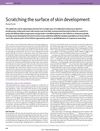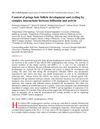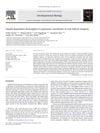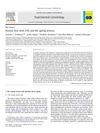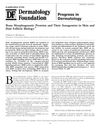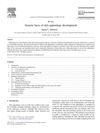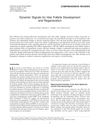GLI2-Specific Transcriptional Activation of the Bone Morphogenetic Protein/Activin Antagonist Follistatin in Human Epidermal Cells
March 2008
in “
Journal of biological chemistry/The Journal of biological chemistry
”
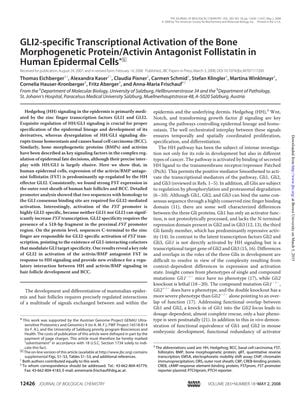
TLDR GLI2 increases follistatin production in human skin cells.
The study demonstrated that in human epidermal cells, the expression of the activin/BMP antagonist follistatin (FST) was predominantly up-regulated by the Hedgehog (HH) signaling effector GLI2. This up-regulation was specific to GLI2, as neither GLI1 nor GLI3 significantly increased FST transcription. The research identified two GLI consensus binding sites in the FST promoter necessary for GLI2-mediated activation, with a 518-bp fragment in the proximal promoter region being crucial for this specificity. Additionally, sequences C-terminal to the zinc finger in GLI2 were responsible for this specific activation, suggesting the involvement of GLI-interacting cofactors. The findings highlighted a significant role of GLI2 in the regulation of FST in response to HH signaling, indicating a regulatory interaction between HH and activin/BMP signaling pathways in hair follicle development and basal cell carcinoma (BCC).
